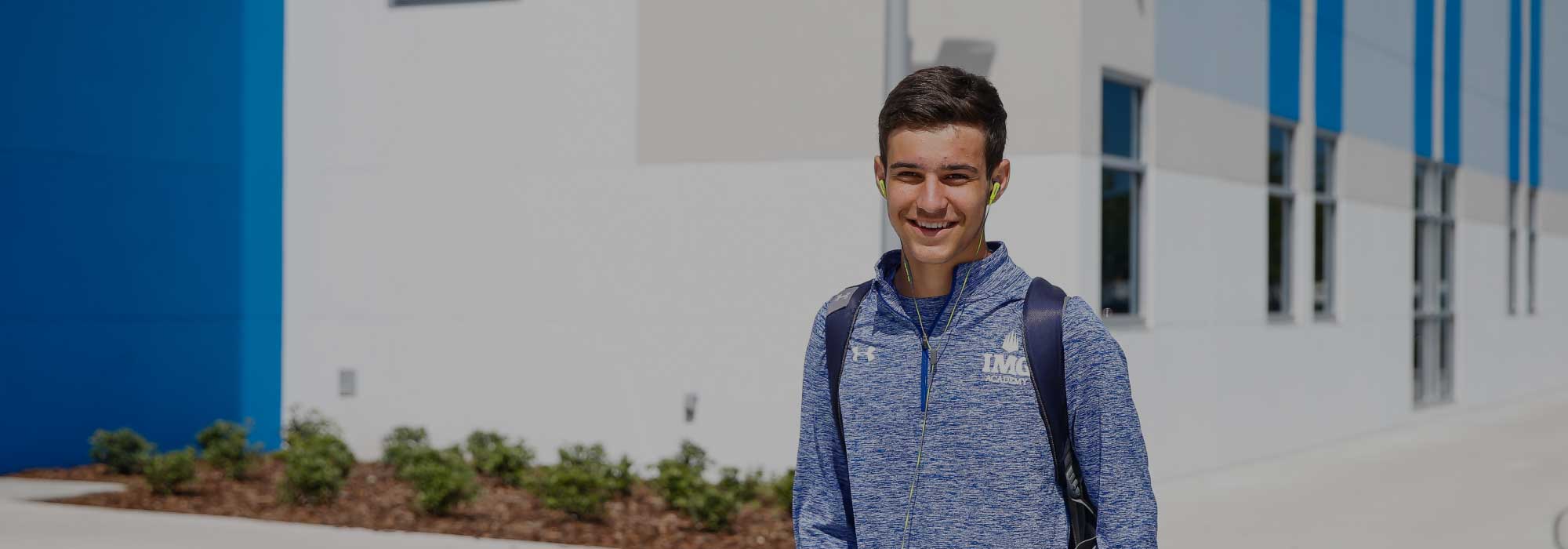Understanding Key Recruiting Milestones
It’s been said that the college sports recruiting process is more like a marathon than a sprint. For many, it may seem like full-time job. There are dozens of people to communicate with, events to attend and deadlines to meet—all while juggling the everyday rigors of being a high school student.
If you’re doing it right, the recruiting process isn’t just a senior-year responsibility, and the amount of time you dedicate to your recruiting each week—or even each month—will fluctuate.
The key is to steadily keep moving your recruiting forward and hitting the major milestones. If there is one mantra above all others for recruiting, it’s “be proactive.”
Insider Tip: Join our expert-guided workshops for parents and student-athletes, organized by NCSA and IMG Academy, the leaders in sports education and recruitment. Sharpen your skills and broaden your understanding. Book your place today!
Manage your process with our college recruiting checklists
Managing your recruiting and staying on top of the college athletic recruiting process can be stressful. Not only do athletes have to stay mindful of their recruiting season, they also have to take steps to ensure they’re being proactive in the offseason.
Insider tip: An online recruiting profile will help you keep track of the many communications you’ll have with college coaches.
While regularly updating your NCSA profile—your athletic recruiting resume—is a great start, there are a few additional recruiting steps you should take throughout the year to maximize your recruiting opportunities.
Check out NCSA’s recruiting checklists to keep track of your to-dos during each season. Then, if you’re interested in competing at the NCAA D1 or D2 level, review the NCAA eligibility center checklist to ensure you’re maintaining your academic eligibility and amateurism status.
- Fall recruiting checklists
- Winter recruiting checklists
- Spring recruiting checklists
- Summer recruiting checklists
- NCAA eligibility center checklist
Going on unofficial and official college visits
Visiting colleges is a very important part of the recruiting process. Do you like the feel of the campus? How’s the climate? Can you see yourself living here for four years?
As a student-athlete, you may go on both official and unofficial college visits, although official visits are becoming less and less common.
You can (and should) start taking unofficial visits as soon as possible. Official visits, however, cannot occur until your senior year. There are other strict rules for both types of visit, so make sure you’re following the proper steps for setting each up.
Learn more about official and unofficial visits.
Updating your target list of schools
As you move through the recruiting process, the list of 50-plus schools you started with will naturally start to dwindle. It will be fairly obvious when a coach isn’t interested in recruiting you, and you can remove that school from your list within your online recruiting profile.
Coaches who are interested will be sending personalized letters, emails, calling you at home, coming to see you play specifically and inviting you on an official visit.
Just receiving a letter from the admissions office, a questionnaire from the coach if or a coach watches you play in a game doesn’t mean you’re being recruited.
Realizing what schools are truly considering you will allow you to focus your time and effort on building relationships with those coaches.
Stay on top of application deadlines and processes
The last thing you want to think about when you’re trying to get recruited is deadlines and paperwork, but if you don’t pay attention to the important dates, you may lose your chance to compete in college.
There are seven main parts to the application process to pay attention to:
- Registering for and taking the ACT and SAT
- Registering with the NCAA Eligibility Center (for DI and DII) and/or the NAIA Eligibility Center
- Filling out and sending in college applications
- Submitting your FAFSA paperwork
- Requesting your final amateurism certification
- Sending your final transcripts and proof of graduation to the Eligibility Center(s)
- Signing the acceptance letter
Learn more about the college application process.
Compare and negotiatE your athletic scholarship offers
Athletic scholarship amounts differ greatly—from division to division, sport to sport and school to school. While most student-athletes strive for a full-ride scholarship, the reality is that only 1 percent actually receive one.
The majority of student-athletes who are offered scholarships will be offered a percentage of the total cost, so it’s important to compare each package and—when possible—use them to find your best financial aid package at your top school.
Learn more about the different types of offers and how to negotiate effectively.
Related Articles:
